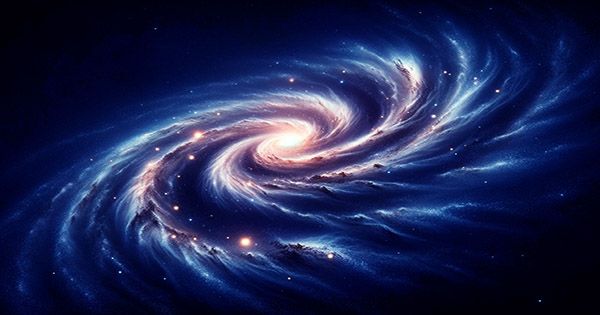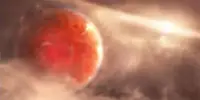Astronomers can use supercomputers to recreate galaxies’ creation from the Big Bang 13.8 billion years ago to today. However, there are other reasons for the mistake. Over eight years, a worldwide research team led by Lund researchers spent one hundred million computer hours attempting to solve these issues.
The last decade has seen significant advancements in computer models that can accurately simulate how galaxies develop. These cosmological simulations are critical to our knowledge of where galaxies, stars, and planets originate.
However, the predictions from such models are influenced by simulation resolution constraints and assumptions about a variety of aspects, including how stars live and die and the evolution of the interstellar medium.

To reduce error sources and produce more accurate simulations, 160 researchers from 60 higher education institutions collaborated, led by Santi Roca-Fàbrega at Lund University, Ji-hoon Kim at Seoul National University, and Joel R. Primack at the University of California, and now present the results of the largest simulation comparison ever conducted.
“Comparing results and codes from various simulations is critical for progressing toward a theory of galaxy formation.” We have now accomplished this by bringing together competing code groups behind the world’s greatest galaxy simulators in a form of super comparison,” explains astrophysics researcher Santi Roca-Fàbrega.
Three publications from this cooperation, known as the CosmoRun simulations, have been accepted for publication in The Astrophysical Journal, and are all available on the arXiv preprint server. In these, researchers investigated the development of a galaxy with the same mass as the Milky Way. The simulation is based on the same astrophysical assumptions as the first stars in the universe, including ultraviolet background radiation, gas cooling and heating, and star formation.
The new findings allow the researchers to conclude that disk galaxies like the Milky Way evolved relatively early in the universe’s history, which is consistent with observations from the James Webb telescope. They have also discovered a mechanism to make the number of satellite galaxies—galaxies circling larger galaxies—consistent with observations, so resolving a well-known community issue known as “the missing satellites problem.”
Furthermore, the scientists discovered that the gas surrounding galaxies is more important to accurate simulations than the amount and dispersion of stars, which was previously assumed.
“The work has been going on for the past eight years and has entailed running hundreds of simulations and using a hundred million hours of supercomputing facilities,” explains Roca-Fàbrega.
The endeavor now continues with the goal of improving galaxy formation simulations. Santi Roca-Fàbrega and his colleagues hope that with each technological advancement, they will be able to add more pieces to the complex puzzle of the universe’s formation and evolution.
“This is the start of more reliable simulations of galaxy formation, which in turn will help us to better understand our home galaxy, the Milky Way,” Santi Roca-Fàbrega, a professor















